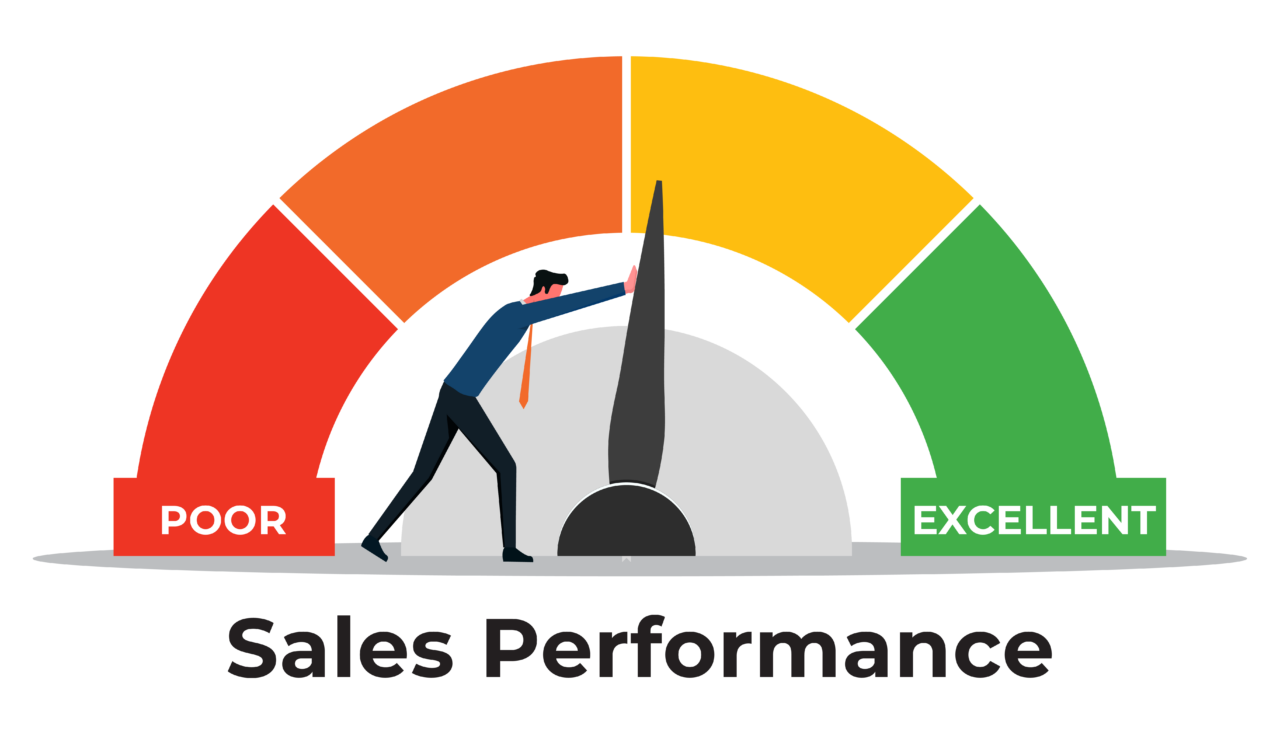 In today’s competitive business environment, actionable insights are crucial for maintaining an edge. Sales reports are a powerful tool that can help sales teams enhance performance and make strategic decisions. This blog explores how to leverage sales reports not only to track sales figures but to actively drive improvements and achieve business goals.
In today’s competitive business environment, actionable insights are crucial for maintaining an edge. Sales reports are a powerful tool that can help sales teams enhance performance and make strategic decisions. This blog explores how to leverage sales reports not only to track sales figures but to actively drive improvements and achieve business goals.
The Importance of Sales Reports
Sales reports offer valuable insights into past performance and future opportunities. Analyzing these reports enables sales teams to:
- Identify Trends: Recognize patterns and trends in sales data.
- Evaluate Strategies: Assess the effectiveness of current sales strategies.
- Make Informed Adjustments: Refine approaches based on data-driven insights.
Sales reports help monitor key metrics such as revenue growth, customer acquisition rates, and sales pipeline health.
Practical Strategies for Using Sales Reports
- Identify Key Metrics
- Focus on metrics that align with your business goals:
- Conversion Rates
- Average Deal Size
- Sales Velocity
Metric Current Value Target Value Variance Conversion Rate 25% 30% +5% Average Deal Size $1,500 $1,700 +$200 Sales Velocity 30 days 25 days -5 days - Focus on metrics that align with your business goals:
- Analyze Trends
- Use historical data to spot trends such as seasonal fluctuations or product performance patterns.
- Benchmark Against Goals
- Compare actual performance with predefined targets to gauge progress and highlight areas needing improvement.
- Drive Actionable Insights
- Translate data insights into practical strategies, such as:
- Adjusting sales tactics
- Reallocating resources
- Refining target markets
- Translate data insights into practical strategies, such as:




